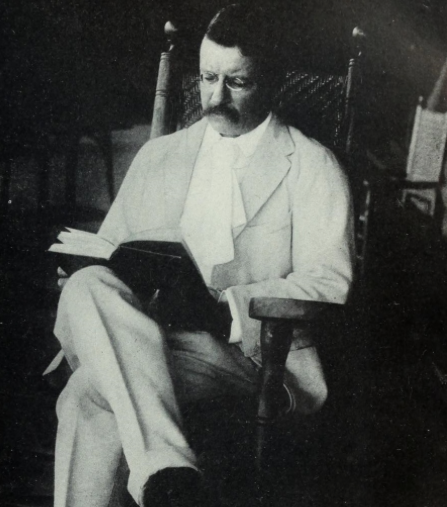Leaders are best when they provide vision, clarity of direction and reinforcement of that vision to their people. To do so, they need to be shrewd time managers and constant learners, preparing their minds daily for the challenges they will meet the next day, week, or year.
Leaders need to keep their organizations focused on the future and that is where they are most different from their subordinates and from whence they came. As a leader in any field, you need to constantly remind yourself that you are no longer a doer. You are in that position to lead the critical team/force of doers and middle managers that you have in your organization.
To that end, leaders need to think in terms of their whole organization and how everything affects the brand. You have vice presidents and division leads to handle their own major issues and you empower them to do so. You focus on the brand for tomorrow, not yesterday. And how do you do that?
First, you must be disciplined in your time management. You must block time every day for clearing out your in-box, for reading, and for walking around. Your gate-keeper must protect those blocs and you must be disciplined enough to use those blocs for their purposes. Keeping your in-box clean keeps you informed and it forces discipline by pushing you to answer what is important, discard what isn’t and delegate the work to those who ought to be doing it. If it doesn’t rise to your level, do not take the time away from something else that does. Reading every day on the job prepares your imagination and takes your brain to the gym just like running or working out does for your muscles and heart. By constantly looking at new things and reading about new subjects, you push your entire organization to see things in new and connective ways that incubate innovation and boost your bottom line. And walking around shows your people that you’re not cooped up in your office. It gives your people confidence that all is well in hand when you have the time to see what they’re doing and desire to take notice of the details. You’ll see whether the coffee area is clean or nasty, whether the fences are maintained, and how the people treat each other.
While some topics may seem unrelated, good leaders find the connections. An article from The Art Of Manliness on the importance of learning to shoot an arrow with a bow may seem a waste of time for a senior leader. But a shrewd, inquisitive and imaginative leader might easily see the authors exhortation that shooting an arrow requires learned skill that cannot be instantly bought, equates to skills required in his business that may not be regained if those skills are outsourced overseas. Reading James Fallows’ articles in The Atlantic about cities that are rebuilding their downtowns and are thriving might be of great interest to leaders designing work spaces for their new company. Leaders of organizations that are failing despite seemingly strong strategies might find inspiration from Russell Weigley’s European history masterpiece, The Age of Battles.
Be disciplined. Keep your mind on the level of your span of control and let your subordinates do their jobs while you look to tomorrow. Walk around. Read. Ask other leaders what they do. Make connections. Expand your imagination.






Leave A Comment